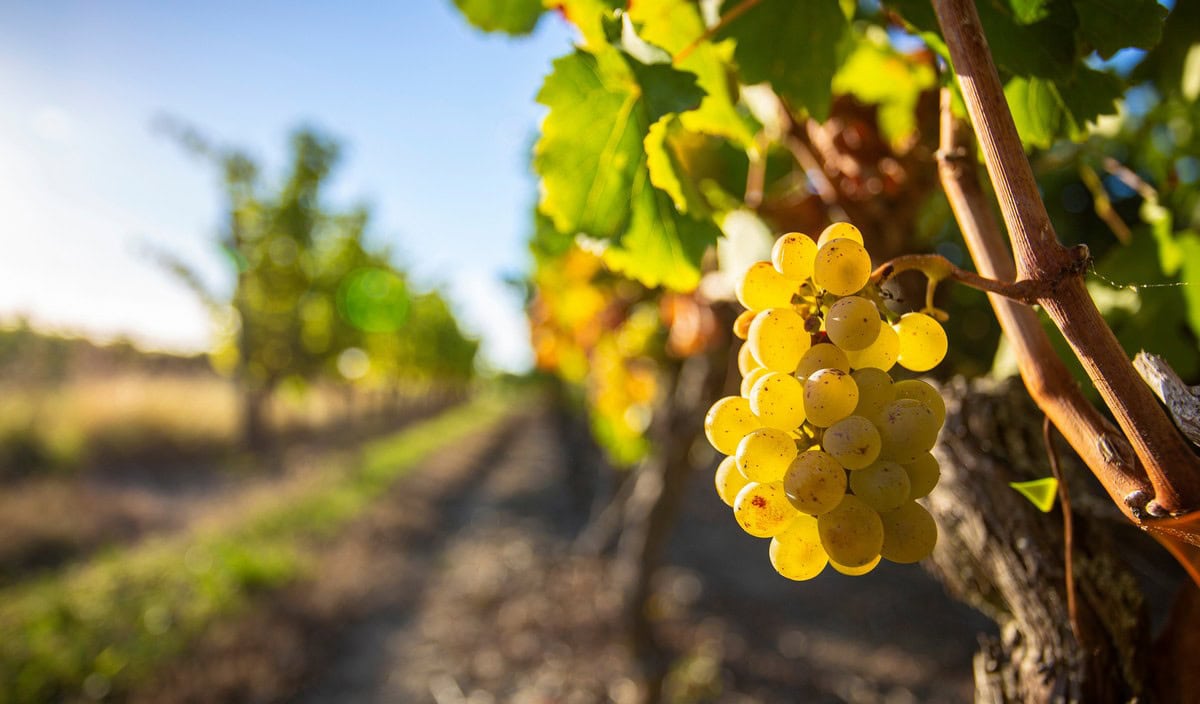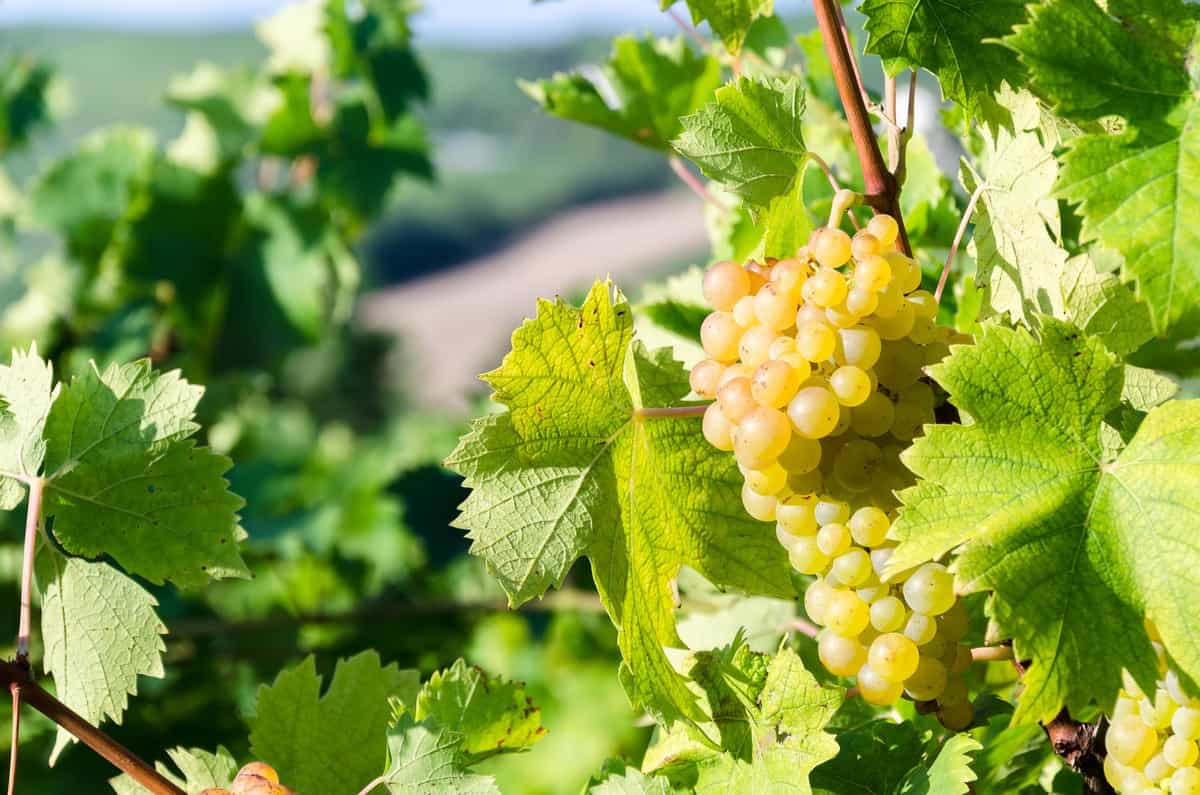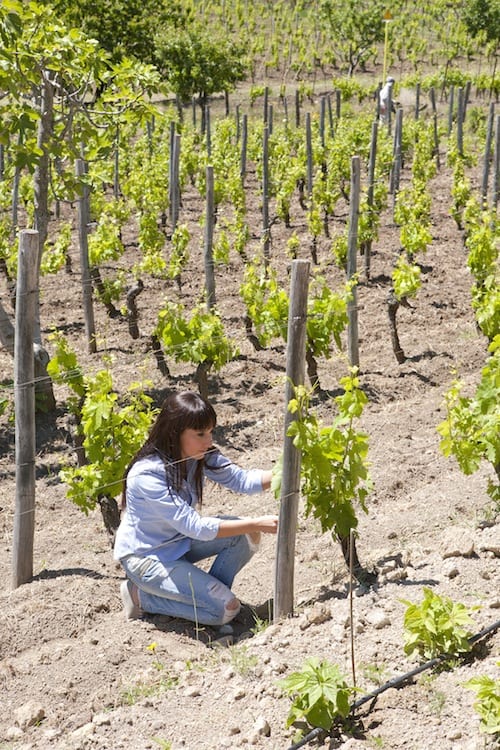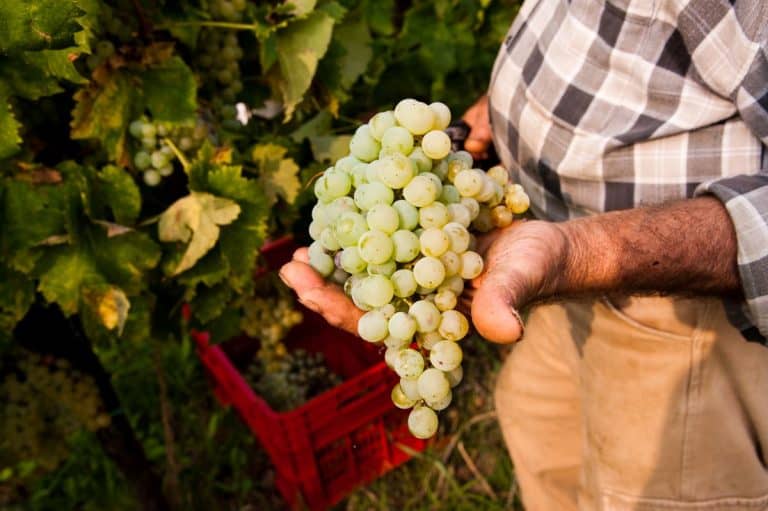by Carlotta Sanviti
While the grape harvest began on August 25th in 2023, this year, Basilicata’s winemakers started as early as the 10th of the month for white grape varieties, beginning to pick the first Moscato grapes in the Venosa area, in the province of Potenza. This early start is the result of a combination of climatic factors that have significantly influenced the winemaking season. However, the drought has created a complex and varied situation depending on the area, presenting a mixed outlook for the harvest.

An unprecedented early start
Cantina di Venosa leads the region, having already started harvesting Moscato, breaking records from recent years. This early start was driven by an unusually mild winter, a warm and dry spring, and an equally hot and dry summer. "The budding occurred about ten days earlier than usual," explains Donato Gentile, oenologist at Cantina di Venosa. "This led to an early harvest of white grapes, while the main harvest for red varieties, such as Aglianico, is expected for the end of September and the first ten days of October," adds Francesco Perillo, president of the cooperative. The phenomenon of early harvesting has become common in recent years due to rising average temperatures, but it has never occurred so early across the entire country.
The variable impacts of drought
Despite the early start, the drought has had varying effects on different areas of Basilicata. The lack of rain has had positive effects on the quality of the white grapes, which are particularly healthy and free of disease. "The absence of rain has prevented vine diseases and reduced the need for interventions in the vineyard, leading to exceptionally high-quality grapes," says Gentile. However, the drought has had mixed impacts in other parts of the region. In the Vulture area, for example, the situation is more promising compared to 2023, with an expected harvest significantly higher than last year, with an estimated 20% increase in volume compared to 2022. "There have been no problems with downy mildew, and cases of powdery mildew are currently absent," reports Francesco Perillo, president of the Aglianico DOCG protection body.

The challenges of drought and differentiated responses
The territory of Basilicata is characterized by a notable variety of soil and climate conditions, which has led to different responses to the drought experienced this year. Elena Fucci, who has been leading her winery in Barile for 25 years, cultivates only Aglianico at the foot of Mount Vulture, on lands situated between 600 and 650 meters above sea level. This land, formed by volcanic stratifications, has proven to be more resistant to water scarcity: "Our soil promotes drainage, limiting the negative effects of drought. This year, we might harvest a few days earlier; we’ll see how the temperatures are at the end of August," explains Fucci. Additionally, in the last 10 days, 30 millimeters of rain and good temperature fluctuations between day and night have been recorded in the Barile area and in the vineyards of the Solagna district, which bodes well for the red grape varieties in the coming months. For her winery and for Titolo, the company’s flagship label, the harvest will begin with the rosé wines in early October and will continue with the reds at the end of the same month.

The Elena Fucci winery, located in one of the highest areas of Basilicata, south of Mount Vulture, benefits from climatic conditions that favor a more balanced ripening of the grapes. Despite the challenges posed by drought, Basilicata is preparing for a 2024 harvest that could prove particularly favorable. The hope is that this vintage may mark a return to better production volumes and that the quality of the grapes could provide a decisive advantage for Lucanian wines, particularly for Aglianico del Vulture, which continues to be the region’s flagship product.


 Meloni: "Tariffs? If necessary, there will be consequences. Heavy impact on agri-food sector"
Meloni: "Tariffs? If necessary, there will be consequences. Heavy impact on agri-food sector" The Government honours the greats of Italian cuisine, from Bottura to Pepe. Massari: "Thank you, Meloni, the only one who listened to us"
The Government honours the greats of Italian cuisine, from Bottura to Pepe. Massari: "Thank you, Meloni, the only one who listened to us" "We must promote a cuisine that is not just for the few." Interview with Massimo Bottura
"We must promote a cuisine that is not just for the few." Interview with Massimo Bottura Wine was a drink of the people as early as the Early Bronze Age. A study disproves the ancient elitism of Bacchus’ nectar
Wine was a drink of the people as early as the Early Bronze Age. A study disproves the ancient elitism of Bacchus’ nectar "From 2nd April, US tariffs between 10% and 25% on wine as well." The announcement from the Wine Trade Alliance
"From 2nd April, US tariffs between 10% and 25% on wine as well." The announcement from the Wine Trade Alliance






